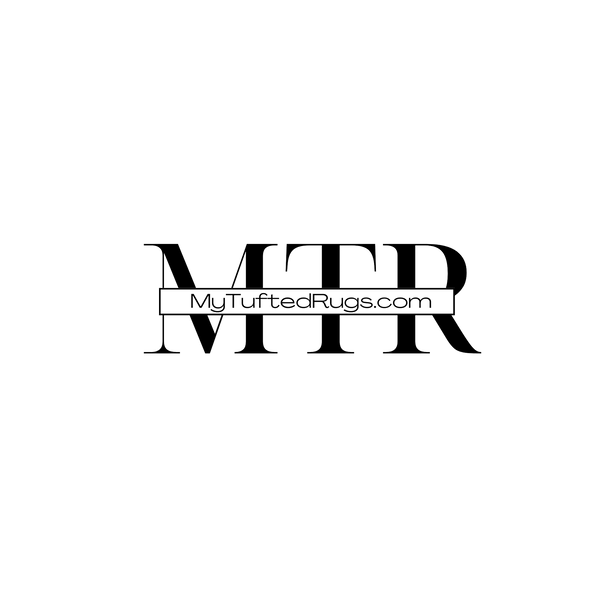What is Tufting? The Intricate Art of Tufting
What Is Tufting?
Tufting is a fun and creative way to make rugs, wall art, and soft home decor. It’s an old textile technique that’s made a huge comeback—especially on social media. The process is simple: yarn is pushed through fabric to make loops or cut piles (that soft, textured surface you feel on rugs and pillows).
There are two main styles:
-
Loop pile – loops stay intact, giving a textured look.
-
Cut pile – loops are snipped for a plush, velvety finish.
A Quick History of Tufting
Tufting started centuries ago as a way to stay warm, but it really took off in the U.S. thanks to carpet makers in Dalton, Georgia. They turned it into a booming industry. Today’s tufted rugs still follow the same basic steps—tuft the yarn, glue the back, and add a final layer to make it sturdy.
What You Need to Start Tufting
You don’t need a factory to start tufting—just a few tools:
-
Tufting gun – a handheld tool that shoots yarn into fabric.
-
Cut-pile guns trim the yarn automatically.
-
Loop-pile guns leave the yarn in loops.
-
-
Backing fabric – strong woven material stretched tightly over a frame.
-
Frame with hooks – holds your fabric in place.
-
Yarn – usually wool, for softness and durability.
Draw your design directly on the fabric (or project it), and you’re ready to tuft. If you make a mistake, no worries—just pull the yarn out and try again.
How Tufting Works – Step by Step
-
Stretch the fabric on your frame.
-
Sketch or project your design.
-
Use the tufting gun to add yarn.
-
Apply glue to the back to hold everything in place.
-
Let it dry on the frame.
-
Add a secondary backing for comfort and strength.
-
Trim and shape your rug with scissors or shears.
Taking Care of Your Tufted Rug
Keep your rug looking fresh with simple care:
-
Vacuum regularly.
-
Blot spills fast (don’t rub).
-
Spot clean with mild soap.
-
Keep it dry to avoid mildew.
-
Clean and oil your tufting gun to keep it running smoothly.
Why Everyone Loves Tufting
Tufting has gone viral—and for good reason. Thanks to easy-to-use tufting guns and platforms like TikTok and Instagram, anyone can make bold, custom designs from home.
But tufting isn’t just trendy—it’s practical too:
-
Soft, warm, and comfy underfoot
-
Great for soundproofing and insulation
-
Wool options even improve air quality
-
Hides dirt and helps prevent slips
While tufted rugs aren’t always recyclable, the leftover yarn and fabric can be reused in other ways, like cushion stuffing or road materials.
Want to Try Tufting? Come to Our Workshop in Orlando!
Curious about tufting? Come join a Rug Tufting Workshop in Longwood!
At MyTuftedRugs.com, you’ll learn everything from designing your rug to tufting and finishing it—no experience needed.
Perfect for creatives, crafters, or anyone looking for a fun, hands-on activity. Whether you're in Orlando, Winter Park, Lake Nona, or nearby, we’ve got a seat saved for you.
Book now and make your very own custom tufted rug!

